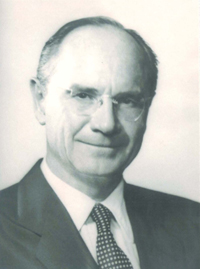- Joined
- 13 June 2007
- Messages
- 2,173
- Reaction score
- 3,093
Greetings All -
A few scans from the Gerald Balzer Collection.
Enjoy the Day! Mark
A few scans from the Gerald Balzer Collection.
Enjoy the Day! Mark
Plate reads: "Designed and built for G. L. Martin Co. by Lyle Farver - 1938"

Jos Heyman said:This obviously evolved into the XP-67 Bat.
Jos Heyman said:This obviously evolved into the XP-67 Bat.
Taranov said:No, XP-67 - it's McDonnell Model 2A.Jos Heyman said:This obviously evolved into the XP-67 Bat.
eltf177 said:I'm curious as to why the pusher layout. Looking at the design I can't see any reason why a tractor configuration couldn't have been chosen. Any information about this?

XP67_Moonbat said:
Simple. The first company founded by James McDonnell, called J.S. McDonnell Jr. & Associates, manufactured the Doodlebug. When the Great Depression happened, McDonnell dissolved his firm and worked for Great Lakes and then Martin, before founding the McDonnell Aircraft Corporation in 1939. Thus, the Doodlebug was not designed by the McDonnell Aircraft Corporation that was created in 1939.Not splitting hairs or anything, but I was always under the impression that the first McDonnell design was the Doodlebug of 1927, so why did that not get the Model 1 designation?
View attachment 642609View attachment 642610
Not splitting hairs or anything, but I was always under the impression that the first McDonnell design was the Doodlebug of 1927, so why did that not get the Model 1 designation?
